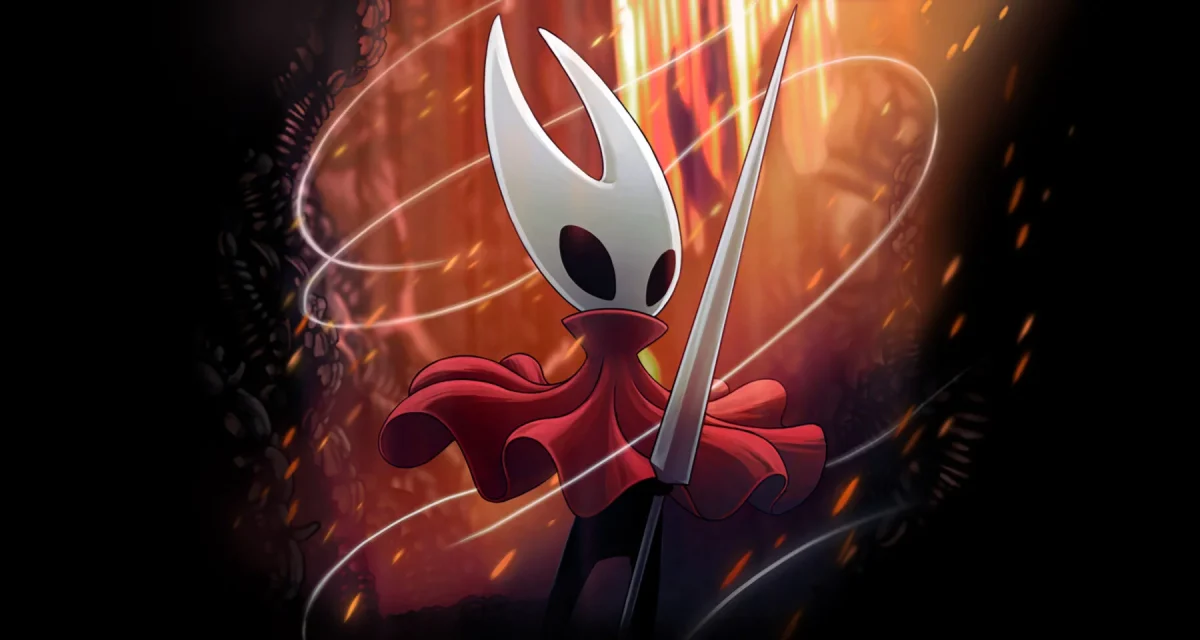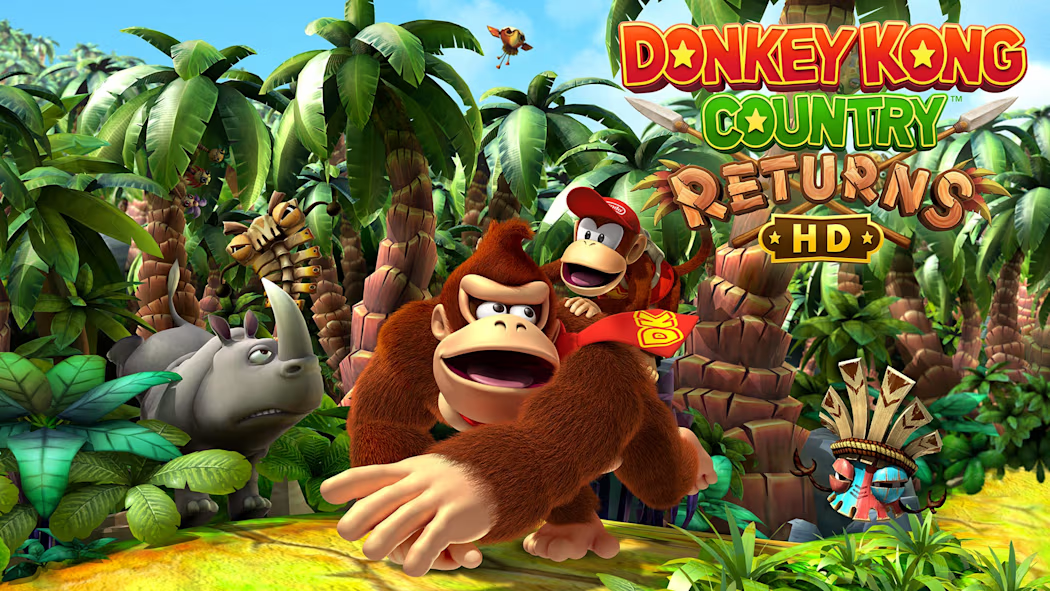It’s the end of the world. The doomsday asteroid is set for Earth, and has marked the end of everyone’s lives with an identical date and time. While some choose to bunker up, and others ignore the crisis, Fang has just met their band’s big break.
Developed by KO_OP, “Goodbye Volcano High” is a powerful addition to the coming-of-age genre. As an interactive narrative with occasional rhythm game segments, it’s a worthwhile experience that makes you reconsider how you spend your life.
The story begins with Fang, one year away from graduating Volcano High. To date, their only goals for post-high school have been: one, have a successful band, two, buy a van, and three, go on tour. But just as news of a word-ending asteroid hits the public, Fang strikes gold with a spot at the infamous “Battle of the Bands.” While it may be the worst timing in history, Fang is determined not to let this opportunity pass, even if their friends share a different opinion. As the player follows them through their last year of high school — and last year of living — they experience all of Fang’s laughter, tears, and growth before the final day.
Minutes into the game, “Goodbye Volcano High” already achieves what most decision-based games lack: expressive choice buttons. Although unnecessary in a good game, these choice buttons are what I call buttons that express the character’s emotions in the current decision. In moments of anxiety, the button needs multiple clicks; the screen darkening and shaking with every tap. When doubtful, the choice may become unavailable when the cursor pulls away at the last second. And if Fang feels broken, the button is literally split down the middle. Though small, details like these bring the game to life.

Goodbye Volcano High’s artstyle is criminally good. The game utilizes 3D models with 2D graphics to achieve a comic-like feel, similar to games like Neo Cab or anime like Trigun Stampede. Additionally, the designs of each character compliments this style well, as colorful prehistoric species. Every character, including background ones, are distinct in design and personality. As dinosaurs, it’s easy to be diverse when there’s a wide range of species to choose from. However, the game takes it a step further with many LGBTQIA+ characters, including the main character themself. In fact, most of the characters in Goodbye Volcano High identify as queer, and the game is able to represent this without needing to shout it into the player’s ears.
In terms of gameplay, the player rarely needs to interfere with the scenes. It honestly feels like watching a television drama, with the game mixing in the occasional minigame to add immersion.
 However, certain segments of the game meant to be refreshing, end up as exhausting. L&L, the game’s version of Dungeons & Dragons, trades the well-compositioned, movie-like scenes of the game, for a mock fantasy visual novel. While this is a great break between scenes, it ends up falling short with the lack of voice-overs and needlessly lengthy scenes.
However, certain segments of the game meant to be refreshing, end up as exhausting. L&L, the game’s version of Dungeons & Dragons, trades the well-compositioned, movie-like scenes of the game, for a mock fantasy visual novel. While this is a great break between scenes, it ends up falling short with the lack of voice-overs and needlessly lengthy scenes.
“Goodbye Volcano High” shares many similarities with the game “Night in the Woods,” incorporating decision-based gaming, interesting characters, and an enthralling plotline. But as a fellow title in the coming-of-age genre, they both have one feature that completes both games: rhythm action. As both protagonists are guitarists in a band of friends, Fang in “Goodbye Volcano High” and Mae from “Night in the Woods” both include the player in their relentless practices and performances ingame. While Night in the Woods utilizes just four keys, Goodbye Volcano High uses a range of controls that feel immersive and challenging.
Arrow keys are tapped the most, with simple visual cues of aligning moving shapes. WASD keys are used often, and behave similarly in the shape of a closing circle. This is usually paired with the arrow keys, and makes for some challenging multi-tasking. Q and E are used rarely, but effectively within the song. Whenever this prompt shows up, it is always alone on the screen. The game blends these three controls in a way that feels like playing a real instrument. And as the stakes rise, it creates real stage-fright too.

Within these segments, players are bound to mess up somehow. When missing a chord Night in the Woods’ rhythm segments, the song easily breaks into something unrecognizable and painful on the ears. In contrast, Goodbye Volcano High’s rhythm action only builds on the music, and fumbling won’t stop the player from enjoying the song itself.
The story is an experience worth playing blind. As a testament to the transition between high school and adulthood, I feel that many could relate to Fang’s struggle. Each character is realistic, displaying nuanced emotional depth. Story-wise, it shares these traits within the topics it handles. My only concern is that the story wasn’t moving fast enough, and it almost always had a “safe” option that wouldn’t have any major negative effects on the characters.
All things considered, “Goodbye Volcano High” is an incredibly unique game. The artstyle, gameplay, and overall experience checks all my boxes. I can’t help but give this game an “A” for the undeniable amount of effort and creativity poured into it, and I’m definitely coming back to this game before graduation (unless a giant asteroid plans on stopping me). In all, this game was a heartfelt experience that anyone can enjoy, and I can’t recommend it enough to anybody who is unsure about the future.







